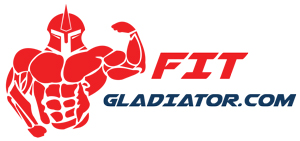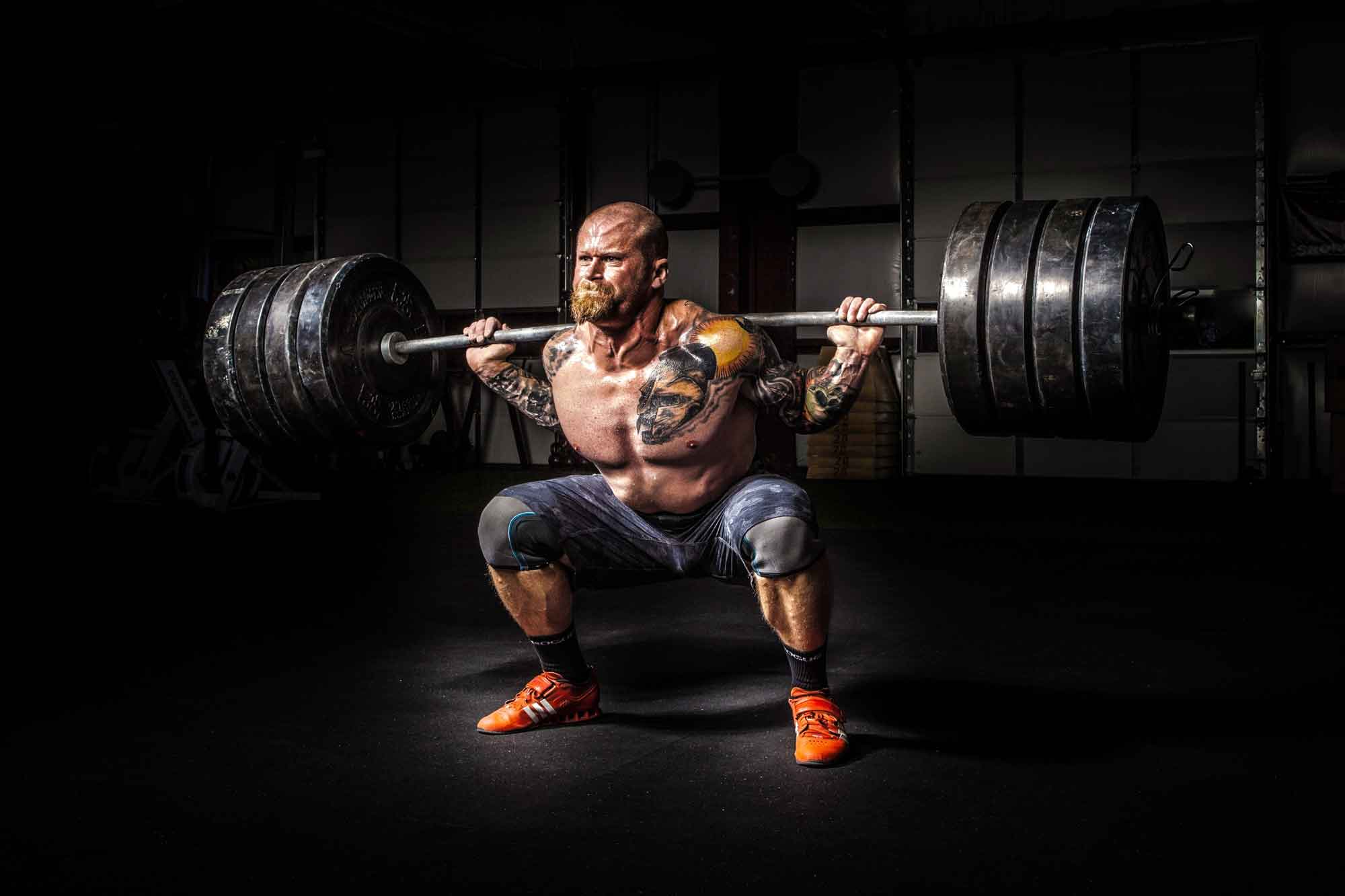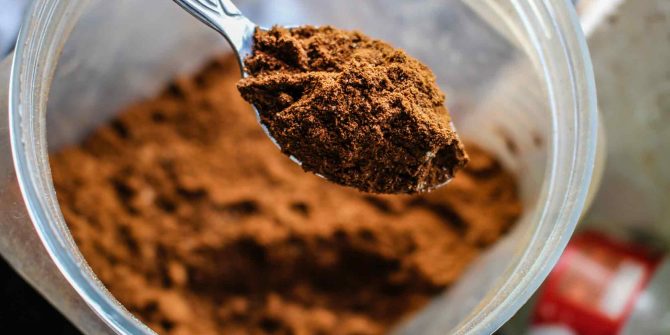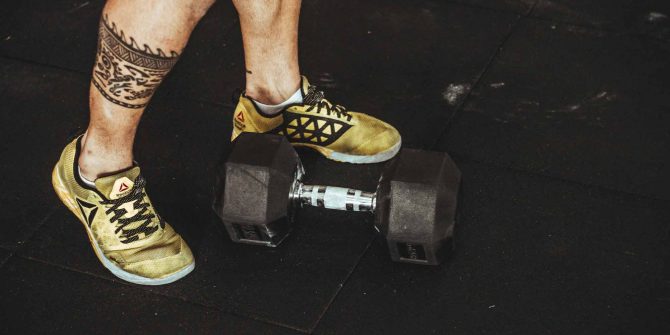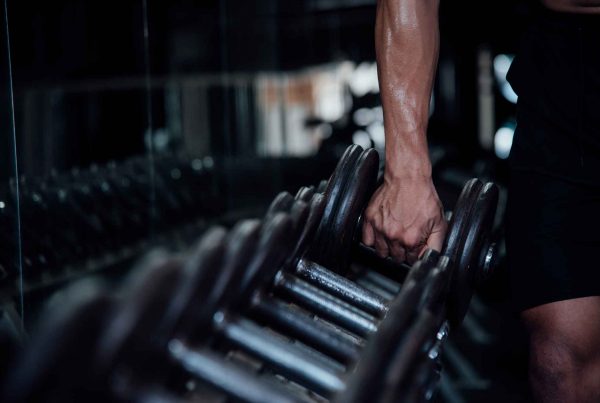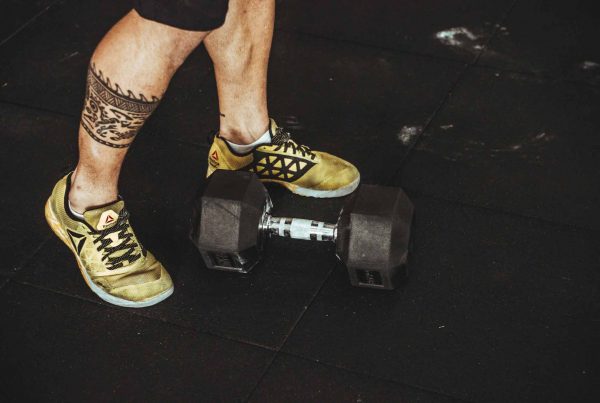Compound exercises target multiple muscle groups at a time. These exercises are highly popular all over the bodybuilding world, owing to their effectiveness and incredible results in terms of achieving muscular strength and fat loss.
Compound exercises encompass weightlifting to burn fat and calories simultaneously. The routine of compound exercises strengthens and defines multiple muscle groups at once and allow you to have more efficient workouts. In this piece, we have outlined the 6 exercises you need to build muscles. These workouts will not only burn your calories in a limited amount of time but will also amplify the overall flexibility of your body.
- Barbell Bench Press
- Barbell Deadlifts
- Squats
- Military Shoulder Press
- Pull ups
- Bent-over Rows
A Look Back in History
Human fascination with physical abilities can be traced back to prehistoric tribes who would compete to lift massive rocks to get their names inscribed. Progressive resistance training dates back to Ancient Greece with the wrestler, Milo of Croton.
The Greek physician, Galen, described strength training using halters in the 2nd century, although dumbbells and barbells were used in the 19th century. Weight lifting was first introduced in the Olympics in Athens Olympic Games in 1896.
With the gradual introduction of exercise machines, bodybuilding became extremely popular in 1977, following the release of the movie ‘The Pumping Iron’ and the popularity of Arnold Schwarzenegger. Undoubtedly, bodybuilding is the most cardinal one among the 6 exercises you need to build muscles. In modern times, compound exercises are highly popular among men and women, with a greater interest in bodybuilding.
Benefits of Compound Exercises

Research published in the Journal of Physical Therapy Science, a monthly medical journal covering the research about physical therapy, proved that compound exercises have a greater benefit in terms of physical strength and muscle build-up. The study aimed to determine how compound physical activity affects the muscular strength of middle-aged obese women.
The subjects of the research were 40–50-year-old middle-aged women with excess body fat (30%), who were randomly categorized into two groups – the experimental group and the control group.
The experimental group performed two types of workout programs for 16 weeks. Aerobic physical activity was performed five times a week, and anaerobic physical activity was performed every two days. The exercise program consisted of a warm-up each day, the main exercise and a cool down. The controlled group performed exercises that targeted only one muscle at a time without lifting weights.
At the end of the experiment, the chest, leg, and abdominal strengths significantly increased in the experimental group, which confirms that compound physical activity is more effective for the improvement of muscular strength. In terms of muscular strength, significant differences were observed between groups. Apart from muscle strength, compound exercises also have many other benefits as cited below:
1. Higher Rate of Calorie Burn
Compound exercises are multi-joint movements that use groups of large muscles like squats, deadlifts, and push-ups. These movements require more energy to perform, resulting in an increased level of calorie and fat burn. More muscle groups working together consume more energy, which means you will burn more calories and fat. Sharon Hoeger and Werner’s book “Principles and Labs for Fitness and Wellness” states that your body uses five calories of energy to consume 1 liter of oxygen.
2. Improvement in Intramuscular Coordination
Multiple muscles work around joints while performing compound exercises. For example, the three muscles: the gluteal complex (gluteus maximus, medius, and minimus) are responsible for controlling the movement of the hip. Compound exercises such as squats or steps that move the hips in all three planes can improve the function of all the muscles working together to build up strength.
3. Improved Cardiovascular Training
Compound exercises increase the heart rate; thereby providing the cardiovascular training benefit. The purpose of cardiovascular exercise is to strengthen the ability of the heart to function as a pump. It can be accomplished through activities such as running and cycling, or by doing exercises that involve a significant amount of muscle tissue.
4. Dynamic Flexibility and Efficiency in Movements
Dynamic stretching involves moving your joints through a range of motions to enlarge the surrounding tissue. After a lot of repetitions, the contractions in the involved muscles increase the temperature, reduce stress and improve length. Compound exercises also improve movements by helping different muscles to coordinate and perform various activities efficiently.
Most Effective Compound Workouts
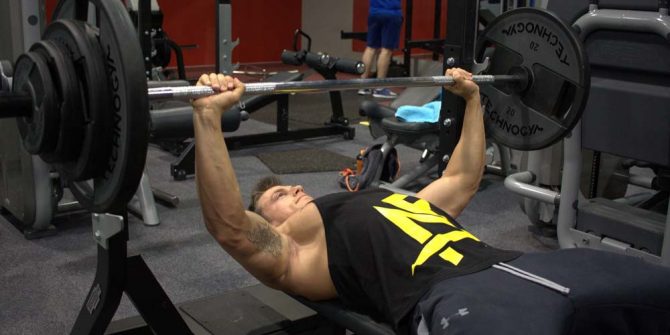
For the most time-efficient exercises, compound lifts are recommended because 8-10 compound exercises can stimulate all the primary muscles in the body at once. Compound lifts build up the greatest strength in the shortest amount of time and have the added benefit of helping to develop the body proportionately. For a powerful compound workout, incorporating these 6 exercises you need to build muscles into your routine can give you desired benefits in a shorter period of time.
Exercise 1: Barbell Bench Press
The bench press is a beneficial compound exercise that builds strength and muscle in the chest, back and triceps. It also hits the shoulders, mainly front heads, playing the lead in regular gym sessions.
Exercise 2: Barbell Deadlift
The deadlift’s importance in lower-body muscle building cannot be ignored. It builds total-body strength by targeting the lower and upper back, hamstrings, quads, traps and glutes. It is a fantastic exercise for building grip, power and fat loss.
Exercise 3: Squats
Squats are an integral part of the bodybuilding routine to strengthen leg muscles-quadriceps, hamstrings and calves. It promotes muscle building by improving muscle mass. Squats can tone your butt and the overall size will get smaller.
Exercise 4: Military Shoulder Press
It is a strenuous weight training exercise, typically performed while standing to attention, feet together. It is more challenging because it recruits more muscles in your body to maintain balance. It mainly targets the deltoid muscles in the shoulders as well as triceps, the core and legs.
Exercise 5: Pull-ups
A pull-up is an upper body strength workout, which mainly hits the shoulders but works on every muscle in the body. It strengthens your back, arms, and even abs since it is just you and the bar. In pull-ups, various muscles of your upper body including biceps brachii and the latissimus dorsi are used.
Exercise 6- Bent-over Rows
Bent-over compound exercises are used for power-lifting and bodybuilding. This weight-training workout targets a variety of back muscles. Pulling the weight higher to your chest works your upper back muscles while outing it closer to your waist works your mid-back muscles.
How Should You Set the Routine?
If you are only a beginner, one set of each of these, probably between 8-12 reps, is enough for one day’s workout. You can perform this workout on alternating days to give your muscles some rest days. Combined with plenty of sleep, clean-eating principles, and a positive attitude, you will see huge improvements in your fitness level once you execute these 6 exercises needed to build muscles.
Compound VS Isolated Exercises
Now, as you have thoroughly read the nitty-gritty of compound exercises, we want to tell you what the major distinctions between compound and isolated exercises are. Both types have their own dividends. Some people feel improvements while doing compound exercises, whereas others start noticing differences if they go for isolated workouts. People generally look for shortcuts to get slim and trim, but there’s no quick-fix. Your body may take a few months to even years to see a genuine transformation.
Here is a complete breakdown of the differences between compound and isolated exercises:
Compound Exercises
In a compound exercise, you recruit more than one muscle. For example, the leg press movement occurs around the knee, hip and ankle joints. This exercise is primarily used to develop leg muscles. An appropriate example of the compound exercise is the squat. This workout uses various muscles in the lower body and the legs, such as calves, quadriceps, hamstrings, as well as the muscles of the lower back. Usually, compound exercises are prescribed to athletes just to ensure that their muscles are working as efficiently as possible.
Isolated Exercises
Isolation exercises work on only one joint at a time. For example, the bicep curl is a single-joint exercise since only the elbow joint is moving. Focusing on isolated movements to get the most out of your workout routine does not seem to be wise enough in terms of gaining overall body strength.
Compound exercises involve natural push, pull and lifting of objects, whereas isolation exercises often feel a little unnatural since they target only one muscle. A squat is a compound exercise that uses three muscles, the quadriceps, glutes and calves, while a crunch targets only specific abdominal muscles.

Bottom line
To conclude, we can assert that compound exercises are highly beneficial for overall body health as they provide muscular strength, energy and improve the quality of life. These exercises are proven, time-efficient muscle builders. So next time you feel like giving up on your workout because of time concerns, remember that you should be working smarter, not longer.
